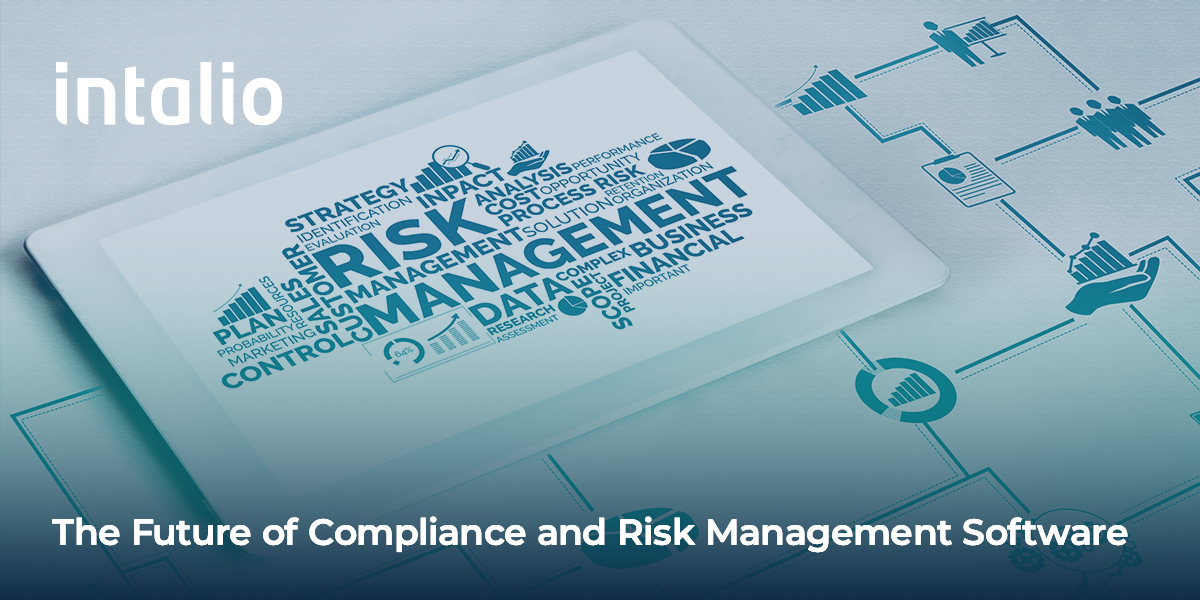Think back to the time when all centralized document storage was not a thing. There was little-to-no version control, duplicates were prevalent, and compliance was simply a checkbox that companies ticked without any real effort. Everything was managed manually, seldom reviewed, and often siloed from broader business strategy. We’ve come a long way. Today, compliance is integral to any organization, from how data is handled to how decisions are made. After all, there’s so much that can go wrong. Personal identification information and bank details are stored by all major corporations, so businesses are expected to be agile, transparent, and consistently in alignment with an evolving web of regional and global regulations.
This shift has brought compliance software like Intalio into sharper focus — not as a support tool, but as an essential component of modern operations.
How Companies Need to Approach Changes in Compliance
Regulatory frameworks have grown more complex, making it essential for companies to respond swiftly. Lack of compliance is one of the biggest causes of fines, reputational damage, and operational disruption, and can cost companies billions in losses. For many businesses, the only option is moving away from fragmented, reactive processes and toward platforms that bring structure, automation, and accountability into their workflows.
Compliance software, when implemented effectively, allows businesses to document obligations, track internal adherence, and surface non-compliance risks early. That’s why businesses of all sizes are turning to data governance solutions that don’t just track regulations, but help them respond, adapt, and future-proof their processes.
The Role of Automation in Compliance and Risk Management
With the right tools in place, a business doesn’t have to wait for an issue to rise to the surface. It can spot patterns, trigger alerts, and even take actions preemptively.
This is where automation comes into the mix. Data governance tools with automation capabilities like Intalio are able to continuously scan internal processes, user activity, and data flows. These data governance solutions offer real-time visibility into potential threats.
More importantly, automation supports consistency. Whether it’s logging access to sensitive information, enforcing internal policies, or issuing alerts for out-of-policy activity, software-led risk mitigation helps businesses stay disciplined, even under pressure.
A centralized compliance system with automation solves more than just regulatory checkboxes. It keeps your internal house in order. And when integrated with your core business platforms, data governance becomes part of everyday operations, not just something that’s reviewed during an audit.
Interestingly, this is another area where automation quietly shines: by standardizing naming conventions, applying access policies in real-time, and ensuring your data is handled the same way — every time, everywhere.
Compliance Trends That Are Here to Stay
Like most areas in tech, the compliance industry has seen massive changes over the past few years.Here are some of the trends that are here to stay:
- Embedded Compliance Workflows: Instead of creating a separate compliance “hub,” the future lies in embedding rules and alerts into everyday systems. That means your finance software knows when a tax rule changes. Your HR system flags potential contract risks. Your project tools track industry-specific regulations.
- Visual Risk Reporting: Long gone are the days of Excel-based risk maps and 20-page summaries no one reads. Interactive dashboards that surface the right data and let stakeholders explore context are becoming the norm. These are not just pretty visuals, but clarity at a glance.
These aren’t gimmicks. They’re answers to the real-world frustration compliance professionals feel when they’re forced to react rather than lead.
What’s Next?
Compliance software isn’t slowing down. Over the next few years, we’ll likely see more collaboration between vendors and regulators — real-time updates instead of annual overhauls. We’ll see AI models trained specifically on industry rulebooks, not just generic data. And we’ll see platforms offer low-code customization so that your compliance workflows can evolve as fast as your business does.
Looking for a partner to help you put structure around your compliance efforts?
Intalio’s risk and compliance solutions are built for businesses that want clarity in their processes. From smart policy tracking to integrated audit trails, Intalio brings everything under one roof. Request a demo today to find out more about how our software can help!










